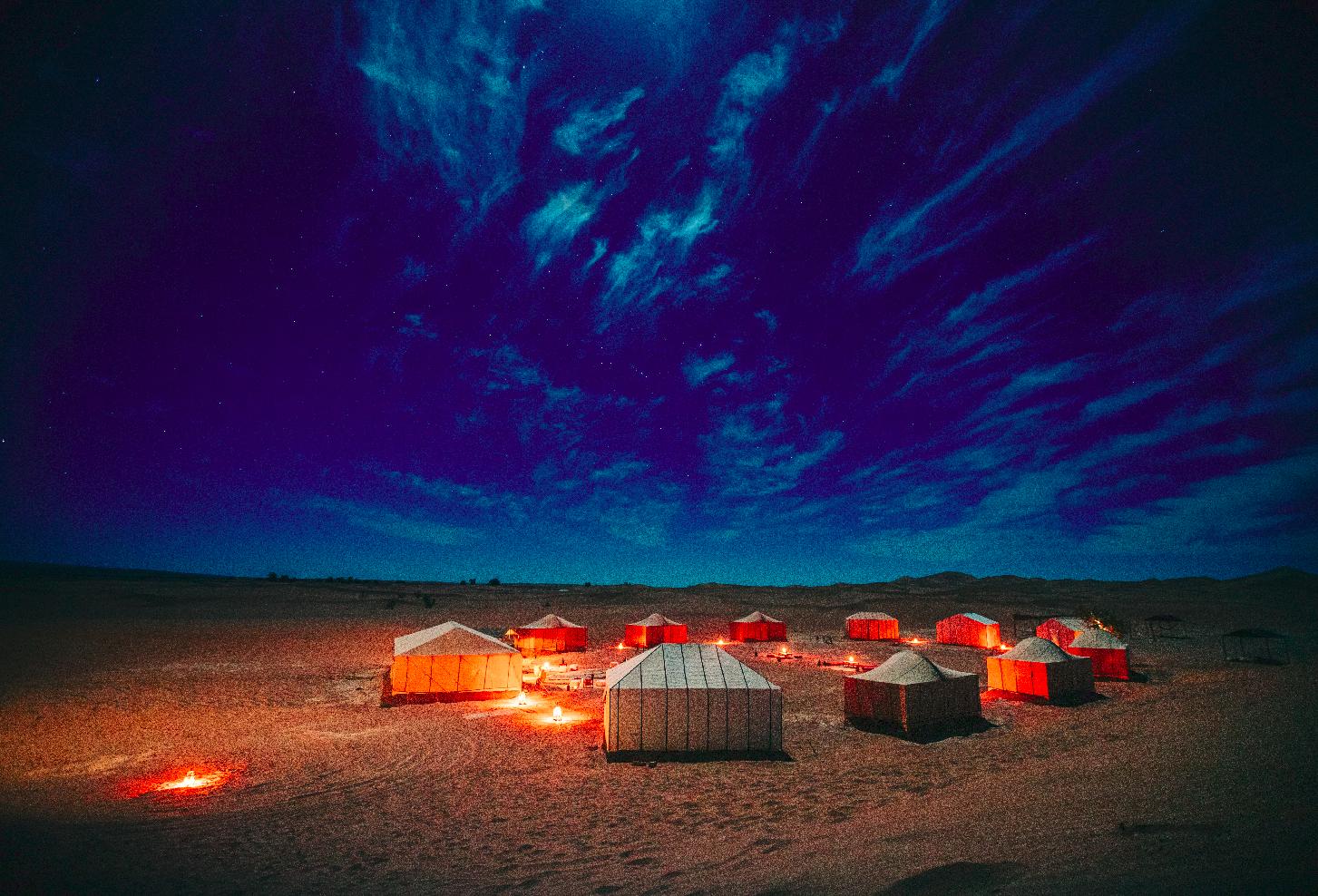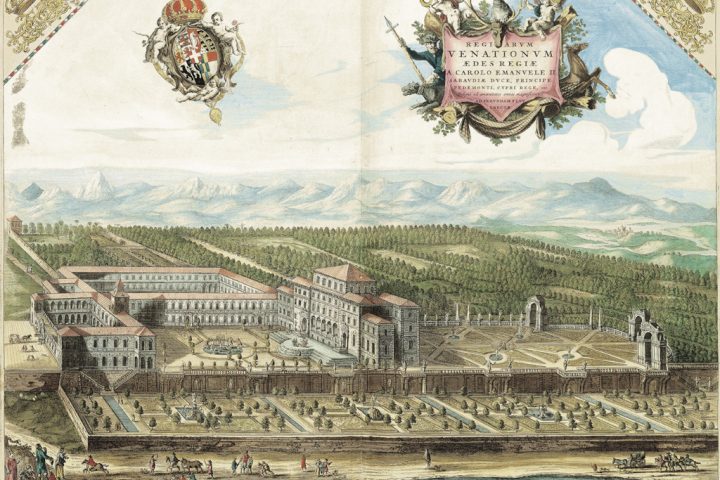The Sahara Desert is one of the world’s most enchanting deserts with unique associated aspects. If you want to explore 10 interesting facts about the Sahara Desert, stick around till the end.
Stretching towards Northern Africa, and covering the majority of it, the Sahara Desert is considered to be an iconic landscape that is both awe-striking and mesmerizing.
Imagine our world without the monumental presence of the Sahara Desert.
However, as intriguing as the Sahara Desert is, do you know all about it?
Today, we’re going to mention 10 interesting facts about the Sahara Desert that you may not have heard about.
10 Interesting Facts About The Sahara Desert: Let’s Dive Deeper

When it comes to Deserts, the Sahara Desert has always remained at the center of attention and coverage by hobbyists, tourists, and adventurous souls, claiming to know so much about the fascinating landscape.
However, as we dive deeper, there are so many intriguing facts about the Sahara Desert that one might have not come across or have known about. And I’m here to mention those interesting bits that will leave you even more fascinated about the ‘Great Desert’, that is the Sahara Desert.
But before we jump into the interesting facts about the Sahara Desert, here’s an overview of the historical desert.
The Sahara Desert: A Brief Overview

While almost every one of us must have come across the mention of the Sahara Desert, either in our Geography lessons or from friends and family. However, there might be some of you, who might not know about the legendary Sahara Desert.
Starting from the name itself, ‘Sahara’ comes from the Arabic word ‘ṣaḥrā,’ meaning desert.
The Sahara Desert is considered to be one of the largest deserts in the world, covering almost the entirety of Northern Africa, including Morocco. It has an approximate distance of 4,800 KMs which is equivalent to 3,000 Miles.
However, that’s just an approximate numerical figure to determine how big the desert is.
In essence, the Sahara Desert continues to expand and contract, with time.
Geographically, the Sahara Desert borders the Atlantic Ocean (On the West Side), the Atlas Mountains (On the North Side), the Sahel (On the South Side), and the Red Sea (On the East Side).
There’s a lot to know about the Sahara Desert and most of it you’ll find in your Geography books and lectures.
Let’s dive into the interesting facts about the Sahara Desert now.
Fact #1 –Third Largest Overall and First Largest Hot Desert In The World

The first and most interesting fact about the Sahara Desert is an informational one that needs to be brought to the attention of all readers.
The Sahara Desert is often confused and referred to, as the largest Desert in the world; however, the reality is that the desert is the third largest in the world, in terms of area or distance, covering more than 9 million square kilometers, 9,200,000 km2 or 3,600,000 sq mi, to be precise, which is roughly equivalent to the regional spread of China or the United States.
This, in itself, is mind-boggling.
The title for the largest desert in the world goes to the Antarctica Desert, followed closely by the Arctic Desert.
On the contrary, as intriguing as the geographic spread of planet earth is, the Sahara Desert holds the number one title for being the largest ‘hot’ desert in the world.
Fact #2 – Transforms Itself Into A Vegetative State After Every 20,000 Years

Imagine a nearly 5000 KM desert turning into a vegetative state over an extensive period of years. Sounds intriguing, right?
Well, the Sahara Desert is capable of changing its atmosphere and climatic state, after every 20,000 years.
What most people might not know about the Sahara Desert, is that after approximately 20,000 years, the Sahara Desert transforms its atmospheric state from dry to damp (wet). This fact is backed by expert researchers at MIT, whose study showed that the ‘Sahara swung between lush and desert conditions every 20,000 years, in sync with monsoon activity.’
Scientists further discovered that the presence of different crops and their growth confirmed the above fact. Crops, such as rice and barley were found to have grown in the Sahara Desert thousands of years ago.
Fact #3 – Housing The World’s First Archeological Site ‘Nabta Playa’

One of the oldest known Archeological sites, the ‘Nabta Playa,’ situates in the Sahara Desert, characterized by Megalithic Stones.
The Nabta Playa Stone Circle holds great significance and marks the summer solstice, representing the time that depicted or determined the arrival of monsoon rains in the Sahara Desert, thousands of years ago.
The Nabta Playa dates back to 7500 BC and is almost 7000 years old.
The Nabta Playa is located near the west of Abu Simbel, in Egypt, and holds great monumental significance in history, especially in its connection to the Sahara Desert.
Fact #4 – Home To Many Mountain Ranges And Volcanoes

Who would have imagined the presence of mountains, highlands, or volcanoes in a desert, let alone the great Sahara Desert?
Well, it’s true.
The Sahara Desert houses many different highlands and mountain ranges with the Emi Koussi being the highest mountainous point or highland in the desert.
Emi Koussi is a dormant volcano mountain in the Sahara Desert that peaks at 3,415 meters from the surface of the Sahara Desert.
Other mountain areas or ranges in the Sahara Desert include Aïr Mountains, Saharan Atlas, Adrar des Iforas, Hoggar Mountains, Tibesti Mountains, and the Red Sea hills.
Fact #5 – Population Of 2.5 Million Residing, People

Could you ever imagine becoming an inhabitant of the Sahara Desert?
I wouldn’t.
However, you’ll be astonished to know that the Sahara Desert has a population of almost 2.5 million people (less than one person per square mile).
With the extremely hot temperatures and humidity, it is hard to imagine that anyone could inhabit and reside within the Sahara.
What’s more interesting is that these inhabitants are spread across 10 different countries, including Algeria, Chad, Egypt, Mali, Libya, Sudan, Tunisia, Niger, Morocco, and Mauritania.
Another interesting thing to note about the inhabitants of the Sahara Desert is that they are mostly nomads, specifically the ‘Taureg’ and ‘Sahrawi’ people, who are in constant pursuit of food sources. These ethnic nomadic groups date back thousands of years and have remained an important part of the Sahara Desert.
Fact #6 – Home To 500+ Species Of Plants

What people might not be aware of, regarding the Sahara Desert, is that it contains more than five hundred species of different types of plants that are thriving in the behemoth desert.
Not only that, but the Sahara Desert is also known to be home to 70 different species of Animals, 100 different species of reptiles and predators, and 90 different species of birds.
The most interesting part to note is that all these different species of plants and animals have adapted to the nature and atmospheric conditions of the Sahara Desert, making it equally fascinating to explore more about the iconic desert and the species that inhabit it.
While the animals are spread across the Sahara Desert, the plants, however, are predominantly present along the Nile Valley area of the desert.
Fact #7 – Cool Nights

The Sahara Desert, the hottest desert in the world, with a recorded maximum temperature of a whopping 58 degrees Celsius (58°C), 57.7°C to be precise, witnesses its fair share of cold nights, which is almost impossible to believe.
What’s more, is that the average nighttime temperature of the Sahara Desert is Negative 4 degrees Celsius (-4°C).
Temperatures in the Sahara Desert during the nighttime have been known to drop significantly, with the highlands and mountain areas also receiving snowfall frequently, during the winter season.
This explains how geographically thought-provoking and imaginative the Sahara Desert is, with extreme day temperatures and noticeably cool and breezy nights.
Fact #8 – Earliest Graves Of Stone Age Civilizations

As historic as the Sahara Desert is, one of the most interesting facts about the desert is that it has the presence and remains of the earliest graves from the stone age era.
These graves belong to the Kiffian Culture, which was found to have been inhabiting the Sahara Desert between 6000 BC and 8000 BC.
Anthropologists discovered human remains of the Kiffian Culture during the early 2000s’. The graves are located in Niger and were found at a site called ‘Gobero.’
The remains of this stone age civilization/ culture also showed that they were highly skilled huntsmen, due to the presence of pre-historic animal bones in the same area. The site location also suggests that they resided near the shoreside or the nearby lakes. This must be during the Holocene Wet Phase which lasted for more than 6,500 years until the middle of the 4th millennium (BC).
This also explains how the desert remained wet and vegetative at that time.
Fact #9 – Rule Of Matriarchy

Touching more towards the cultural front of the Sahara Desert and its inhabitants, an interesting fact that you may not have heard about the desert before, is that the mother of the family is the ruling head and bread runner.
The majority of the population of the Sahara Desert (almost 1.2 million people) follow the rule of matriarchy, where women, specifically the mother, is the head and decision-maker of the family.
Tribes such as ‘Taureg’ strongly practice and emphasize matriarchy, and followers of such tribes articulate women as the dominating head, where women would not be found in veils, whereas, the men would be found covered in veils.
Intriguingly, women would be promoted to literacy, while men would remain illiterate.
Women would operate and manage all affairs, including that of land and property.
Tribes and Cultures practicing Matriarchy would be found mostly in the central region of the Sahara Desert.
Fact #10 – Enter Marathon Des Sables

Those who wanted to know interesting facts associated with the Sahara Desert may be intrigued to find out that there’s a marathon called the ‘Marathon Des Sables’ that is hosted and held in the Sahara Desert, showcasing one of the toughest footraces on Earth.
Considered one the toughest marathons ever, the Marathon Des Sables, known as Marathon of Sands in English, is a 6-day footrace marathon held in the Sahara Desert, covering a total distance of 251 KMs.
The marathon is held every single year in the Morocco region of the Sahara Desert.
To this date, the highly scintillating and physically challenging marathon has claimed the lives of 3 different people.
Some Bonus Facts…
The Sahara Desert is a fascinating landscape of the world that continues to amaze everyone, also becoming largest than it ever was.
While the list of facts associated with the Sahara Desert is endless, here are some bonus facts that are worth mentioning:
Ants Come Out For 10 Minutes Only
Due to the extreme temperatures of the Sahara Desert, the Silver Ants of the Sahara are only out for 10 minutes during the day, remaining in their sand-enclosed habitats for the rest of the time.
They only come out either due to the increasing temperature of the sand or due to fear of getting eaten by predators.
The Sahara Contains More Gravel Than Sand
With such a large footprint and covered area, you must expect that the Sahara Desert is completely enclosed with Sand, as is the case with other deserts, right?
Not necessarily.
The intriguing part about the Sahara Desert is that it contains more gravel than it contains sand.
The desert comprises 70% gravel and 30% sand, which is quite fascinating to think about and ponder.
Home To The Extinct Barbary Lion
The Sahara Desert has always amused archeologists and researchers with its inhabiting species. You’ll be more intrigued to know that the desert was also home to the legendary Barbary Lion that got extinct towards the end of the 1960s’.
The Barbary Lion was the largest known species of its kind and was praised and hailed for its massive size.
Considering that it inhabited the desert of the Sahara, is interesting, in itself.




